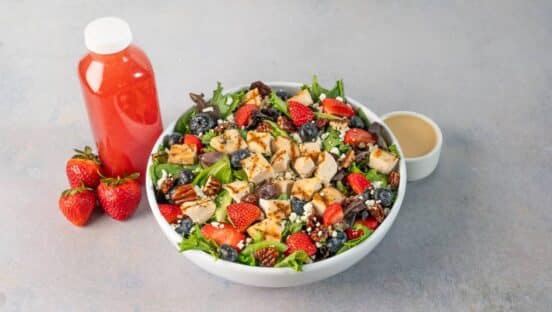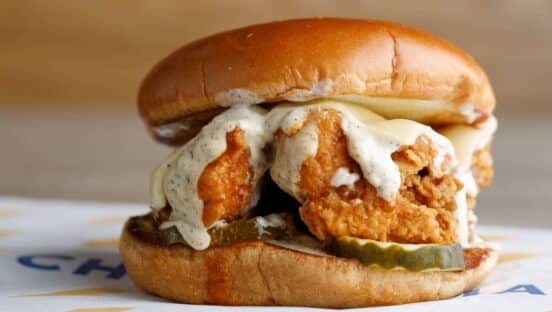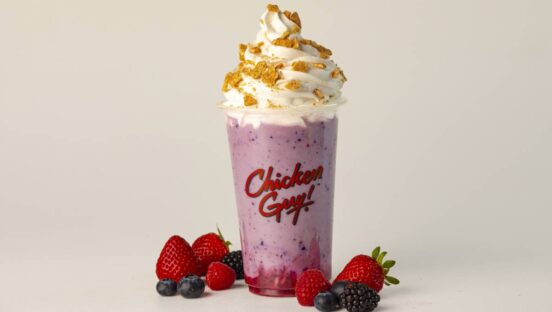First Starbucks rolled out Via, a line of instant coffee that threatened to undermine the company’s core identity as a premium coffee vendor. Then came the “stealth Starbucks” stores, locations stripped of the company name and logo meant to blend into their neighborhoods. Now Starbucks, a name synonymous with “coffee” in America, has started serving beer and wine in one location and may eventually serve alcohol in thousands of stores worldwide.
And all of these developments have happened in little more than 18 months.
Considering the three seismic shifts in Starbucks’ strategy came after the closure of nearly 1,000 stores and the slashing of 18,000 U.S. jobs, one might wonder if the Seattle-based company is flailing as it nears its 40-year anniversary in 2011.
In a statement, Starbucks says its decision to serve beer, wine, and certain savory items in its Olive Way store, in Seattle’s popular Capitol Hill area, is a response to customers asking for “more options for relaxing in our stores in the afternoon and evenings.” The company gets 70 percent of its business before 2 p.m., according to a recent USA Today article.
After a three-month makeover, the 10-year-old Olive Way store reopened on October 18. With a stripped-concrete floor, a large communal table, a toned-down color scheme, low lighting, and bar seating near the barista station, it does not look or feel like a typical Starbucks. Incorporating reclaimed materials—the chairs were salvaged from the University of Washington and the communal table is made of used flooring—Olive Way is Starbucks’ 21st store worldwide to be LEED certified or registered.
Despite the expanded menu and revamped atmosphere, the Olive Way store maintains a “coffee-centric design” that will allow customers to “better experience the theater of our hand-crafted beverages,” the statement says. It reflects what the company learned from its Seattle “learning lab” stores—15th Avenue Coffee and Tea, and Roy Street Coffee and Tea—which opened in the summer of 2009. The two “stealth Starbucks” serve alcohol, feature a toned-down décor, and showcase local artists.
Now Starbucks is using Olive Way, which features the company logo prominently on its exterior, to test whether it will introduce beer and wine to more of its 16,000 locations around the world.
“We hope to continue to learn from our experience at Olive Way and then consider bringing this concept to select stores in neighborhoods where it is relevant,” the statement says. “At this time we do not have any specific plans to share.”
Coming from one of the world’s most recognizable brands, Starbucks’ decision to offer beer and wine in a single traditional location garnered a lot of headlines and got many industry observers talking.
Joseph Michelli, author of The Starbucks Experience, a 2006 book that chronicled the five years he spent observing the company from the inside, says introducing beer and wine is a smart move.
“It has gotten a lot of attention, so from a marketing standpoint it’s already done an amazing thing,” he says. “That alone is a success story.”
While he acknowledges the risks, Michelli says Starbucks has to figure out a way to increase its afternoon and evening sales. In the past, the company has tried to entice customers into its stores after work—in 2004, with a high-end chocolate drink called Chantico—but without much success.
“Starbucks is looking for a formula,” Michelli says. “This is an absolutely fascinating step in the journey.”
Some consider the decision to offer beer and wine a wrong turn in Starbucks’ journey, but Michelli sees the logic.
“It’s definitely a veering off … but it is still a place to come to have a conversation over a beverage,” he says. “The other addictive beverage around which people have come together in communities is alcohol on top of caffeine in the morning.”
Restaurant consultant Clark Wolf is more ambivalent about the strategic shift reflected in the Olive Way store. A steady skeptic of Starbucks’ moving away from its core identity as a vendor of premium coffee, Wolf says the company “is under the impression that its platform is completely adaptable.”
He doesn’t condemn Starbucks’ decision to serve beer and wine, but he says it may result in more competition for the global coffee giant, not less.
“They’ve competed successfully in a narrower segment in a way that someone next door can’t necessarily do and make a living,” Wolf says. “But there are places that sell coffees and sweets and sandwiches and salads and beer and wine all over America and the world. You don’t need a brand to do that.”
Still, Wolf says the new strategy could succeed if implemented “carefully.”
Michelli’s advice: Starbucks needs to avoid becoming a bar that serves coffee instead of a café that serves alcohol.
“If it becomes a raucous, swinging-from-the-chandeliers experience, then it will fail miserably,” he says.
But people once thought the Starbucks drive thru was a bad idea, Michelli says. And even though the company has “overstretched its brand” in the past—with its defunct record label, for example—he expects this latest development to improve the Starbucks experience.
“I think this is brilliant frankly, and I’m really excited to watch the social experiment,” Michelli says.








